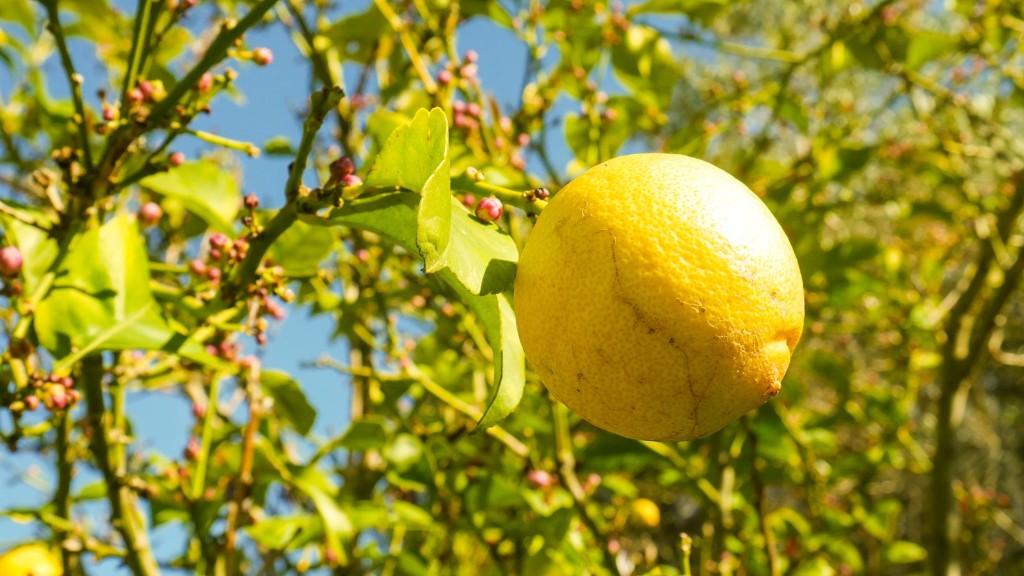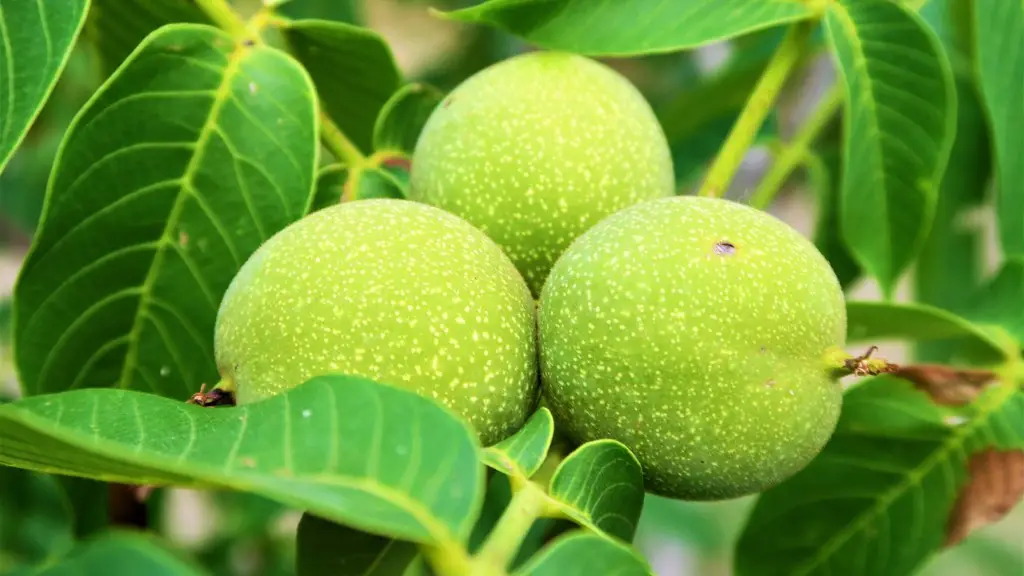Section 1: Safety Before All Else
Hanging lights on a palm tree is not an easy task. Before even starting, it is important to keep safety first in mind. The palm may look strong and solid, but the truth is that it is a tree, not a steel or concrete structure. Make sure to have someone help you as palm trees are rather tall and it’s hard to reach the top without assistance. Additionally, it’s important to consider the weight of the lights and take necessary precautions. Depending on the size and material, the weight of a single string of outdoor lights could easily put more than a hundred pounds’ worth of strain on a tree.
Understand the condition of the tree in question and make sure to never overload it. It’s also recommended to get a certified arborist to inspect the tree. With their help, you can prepare the tree for hanging lights and place the lights in the location that will be able to hold their weight.
Section 2: Selecting and Preparing the Lights
An important part of the hanging process is selecting and properly preparing the lights for the job. Different kinds of lights bring different levels of beauty and complexity, so it’s important to find the ones that match the situation the best.
Also, make sure to select lights that can handle the weather. If they are not properly sealed, the rain or snow might get in and short out the lights, not to mention they might get damaged by the snow or winds.
It’s also a better idea to have LED lights instead of the older incandescent ones. LEDs generally last longer and produce less heat. This can be important if the tree is already compromised or has burn marks or any other issues.
Section 3: Installing the Lights
There are a few methods for placing the lights on a palm tree. The most straightforward option is to cautiously climb the tree, tie the light strings, and then gently secure them. This method should cut down on the amount of holes needed to place the lights and it could save time.
Another option is to place the lights from the ground and secure them using staples, hooks, and other supports. This method is more labor intensive, but it can be more beneficial for the tree in the long run if done properly.
Section 4: Securing the Lights
Once all the lights are already on the tree, it’s time to consider securing the lights. Depending on the situation, the lights could be secured with screws, nails, clamps, wire or something else.
It’s also important to consider the right distance when placing the supports. The ideal distance between the supports is five to six feet. That should be enough to hold the lights in a way that they look appealing and don’t cause any damage to the tree.
Section 5: Caring for the Palm Trees
Once the lights are installed, it’s important to look after the palm tree. Test the wiring and look for any signs of damage. Keeping lights on for too long can cause burn marks on the palm bark, so it’s essential to pay attention and prevent any issues.
The most efficient way of keeping an eye on the lights is to make sure to use energy-efficient LED lights. LED lights not only look better, but also produce less heat and are almost maintenance-free.
Section 6: Alternatives
Hanging lights from palm trees is not the only option. alternatives include wrapping the palm trunks with Christmas lights or hanging the lights on the walls.
Wrapping the trees with Christmas lights has become a popular option in recent years. This solution is simpler than hanging lights and it can look equally beautiful. The only downside of this solution is that the Christmas lights won’t be able to attach to the trunk itself.
Hanging the lights on the walls is another alternative. this is perhaps the simplest solution of all. Although, it’s worth noting that the lights won’t be able to drape the tree itself, so the results won’t be as impressive as with the traditional hanging method.
Section 7: Choosing the Right Lights
It is also very important to choose the right type of lights for the task. In most cases, people prefer Christmas lights in vibrant colors. That said, fairy lights, rope lights, and icicle lights might look equally good depending on the setting. It all comes down to personal taste.
When choosing the lights, remember to take the weather into account. For instance, it might be a better idea to choose LED lights over the incandescent ones in order to prevent any damages caused by sudden weather changes.
Section 8: Where to Get Help
Hanging lights from palm trees can be a tricky business. If you don’t think you’re up for the job, you can always get help from an expert.
For instance, professional landscaping services can help you with the selection of lights, the installation process and other matters. Or, you can hire a professional arborist to inspect the tree and tell you how to adequately care for it afterward.
Section 9: Color Combos for Trees
Creating the right color combination for your palm trees is an integral part of the decorating process. Different colors bring different vibes and a nice color combo can make all the difference.
The classic combination is to mix up gold, silver, blue and white. This combo gives off a mystical vibe and creates a dreamy atmosphere.
Red and green, or white and green, are the other popular combinations. Moreover, rainbow-hued lights are also a nice way to boost the visual effect.
Section 10: Tips for Roaming Lights
Roaming lights are another popular way to dress up your palm trees. This style helps to add a bit of dynamic movement to your outdoor space.
When mounting roving lights, be sure to use low voltage lights as they are safer and more efficient. Also, it’s a good idea to use insulated electrical cable instead of standard electrical wire. That should help to keep the connection from going bad over time.
Finally, it’s essential to test the lights for any electrical faults or shorts before finalizing the installation. Also, keep in mind that roving lights need more power, so try to find an adequate power supply for the job.


